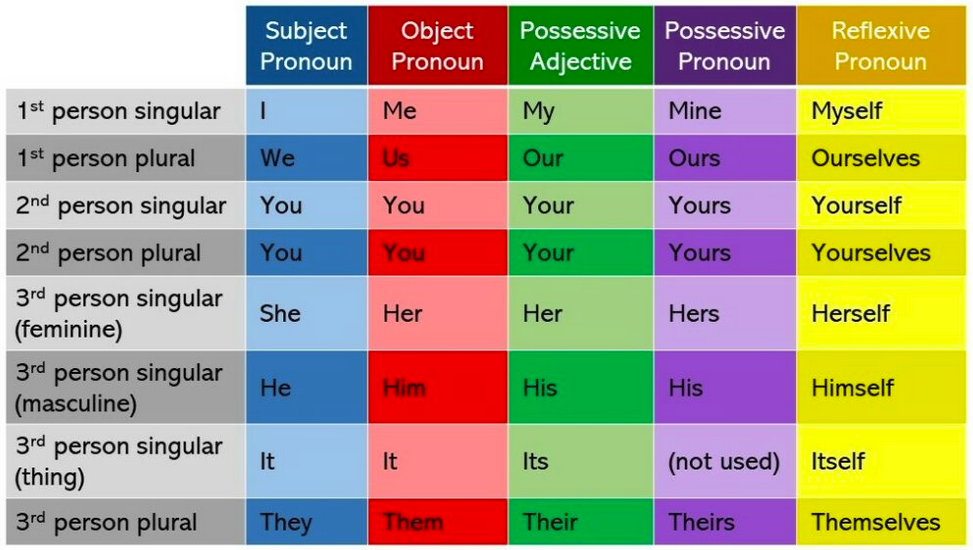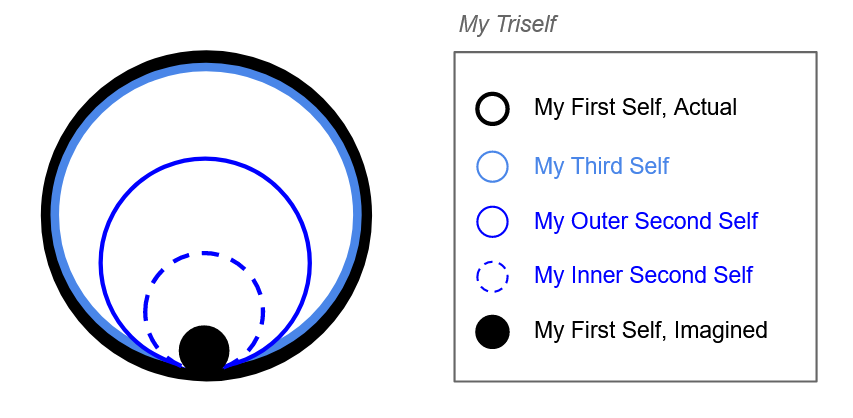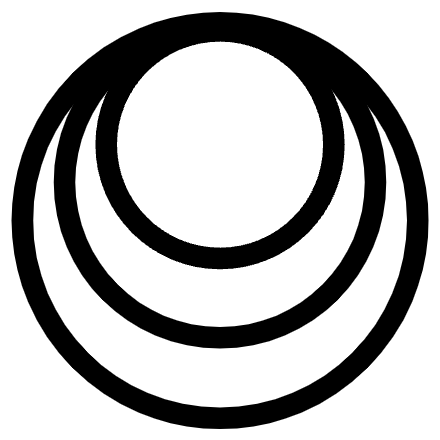In the Descentist Framework, truth is not a fact. Instead, it is a state of being I arrive at when I reach the highest degree of clarity about the nature of my existence. When I am not in this state of clarity — which is most of the time — I am in a state of opaqueness: confused, lost, and forgetful of my true nature. Self-awareness and self-ignorance, respectively.
When I look back at decades of journals I recognize many moments of clarity in my written and spoken words. Yet despite these experiences, I have spent far more of my life separated from that clarity. I have been trapped in a cycle my entire life: I know something is wrong; I struggle to explain it; I achieve temporary self-awareness; then I promptly lose it and return to my state of self-ignorance.
I call this the reawareness cycle. Earlier in my journey, these rediscoveries were less frequent. In a moment of clarity I would jot down a quick note I knew was authentic and true on the deepest level. But the moment would pass, and I would move onto other ambient personal or professional matters I believed were more important.
As I reoriented more toward self-discovery I created a less restrictive environment where I had the freedom to explore those moments of clarity I had experienced. I began to experience those moments more frequently, each time managing to hold onto that clarity a little bit longer. This prompted deeper and more profound writing, bolstered my conviction, influenced my actions, and sharpened my articulation of the clarity.
I am still trapped in this reawareness cycle, however something has changed over the past year. The gravity of my self-awareness has surpassed that of my self-ignorance. So when I ebb and flow out of self-awareness, I more easily return because I have conviction. Conviction is the measure of the strength of my beliefs.
But why do I still ebb and flow? Why do I still awaken? Why do I still enter long moments of self-ignorance? Why am I still trapped in the reawareness cycle? One of the reasons is that the most basic language I use reinforces self-ignorance by diminishing and eroding my contemplative efforts. So, even if I have a major clarifying revelation which delivers me back to self-awareness, the momentum will taper off without additional contemplative effort to remain because this language structure I use attacks and undermines it.
How? The words I choose reflect my model of reality. In particular, the pronoun structure has a substantial impact on how I model my existence. The traditional English pronoun structure divides my existence into three parts: first person (me), second person (you), and third person (everyone else).

Every time I use these traditional pronouns, my very speech reinforces many beliefs:
- There is a category of beings collectively called “people”.
- I am one single member of this group of people.
- I am not other people, and other people are not me.
- There are other categories of lesser beings, called “things”.
- There is a world full of people, places, and things outside of my direct experience.
- Since I do not experience these people, places, and things directly, they must exist outside my awareness.
- Therefore the “world” is much larger than, and contains me.
- And, there is an infinite amount that I do not know.
In grouping my own self into this category of beings called people””, I then elevate and equalize the imagined experiences of other people to my own. I lose self-awareness, because my awareness has expanded to include the imagined experiences of a world full of other people, most of which I do not or cannot directly experience. That is the state of self-ignorance.
Further, this pronoun structure embeds a hierarchy of value into my worldview, in which the expressions of some people are more valuable than others. Experts, authorities, and leaders of various sorts of the past and present are accorded the right to define my existence. So again, my awareness is diffused more, pulling me away from self-awareness and toward self-ignorance. Ultimately I accept that my experience is merely “subjective”, and truth is what is happening outside of myself.
The oscillation between self-awareness and self-ignorance is a matter of focus. As is said, ignorance is bliss if bliss is self-awareness. And every time I use the traditional pronoun structure, I am buttressing an existential perspective that diminishes, reduces, and dis-empowers me.
While I have been able to sustain long periods of self-awareness, the reawareness cycle is enormously disruptive. I always knew that I needed to repossess my language, and from an early age was defining my own words and concepts. I progressed, at times enormously, but my regression was a permanent fixture of my experience because I continued to build the pillars of my existential perspective around language that dis-empowered me.
The repossession of my language, starting with the pronoun structure, is one of the keys to exiting the reawareness cycle and sustaining self-awareness. Rather than a pronoun structure built around the imagined concepts of a second and third person, I must use the more accurate triself model that accurately reflects my direct experience. In the triself model, I am no longer a satellite orbiting some massive, unknowable universe full of people, but rather the de-facto observer, without which nothing is.

In place of the first, second, and third person, the triself model is built on my first, second, and third selves. My second self is my familiar mind and body. My first self is the timeless, dimensionless, and infinite point of awareness which I sense within my head behind my eyes. And my third self is everything from my physical body outward. So, all “people” effectively become forms and shapes within my third self.

Once I mentally began to use the triself model for pronouns, many of the practices I had already adopted have become easier and more natural. For example, I have long refrained from thinking or talking about people, places, and ideas I do not and cannot know. The triself model enables this decision because there is no easy way to even discuss these matters as if they have an existence separate from my own.
People who are not physically present are simply forms within my inner second self. And people who are physically present are simply forms withing my third self. Using the triself model, it is far easier to see “other people” as what they actually are: shapes in the background. Moving wallpaper. When I see a person in my third self, I do not “dwell into” them, or invite them into my inner second self. Unless required, they remain as third-self shapes.
Traditional Language extends far beyond the pronoun structure in many other ways. But being able to properly categorize the various inner and outer forms of my experience within a model that reflects my direct and actual experience is one of the first steps toward sustaining longer moments of clarity and self-awareness. To complete the transformation, I transition away from the concepts of “self-awareness” and “self-ignorance” to triself-awareness and triself-ignorance, respectively.
…
